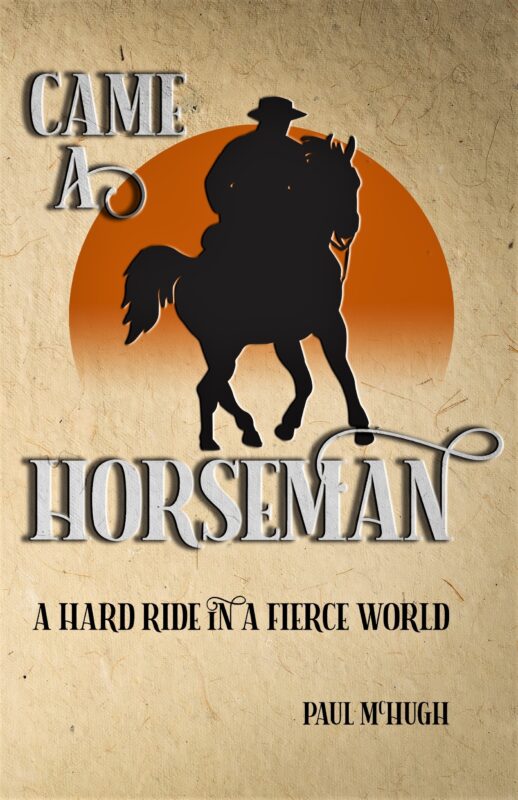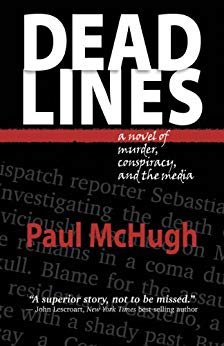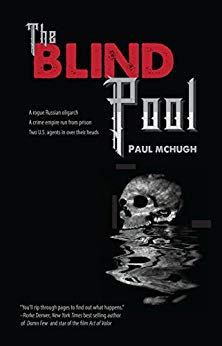
Use of a still camera taught me much about how to write.

My-camera-as-my-teacher certainly is no metaphor. It might not even be an exaggeration.
I’ve just unearthed some half-century-old images, snapped back when I was a freelance journalist, seeking to launch my pro writing career whilst I endured a hand-to-mouth existence in a wee California town called Mendocino.

That village is way famous now, so oft gets inundated by visitors. It stands perched on a windswept bluff that affords spectacular and sweeping vistas. Shops, inns and cottages veer toward Victorian romanticism in their design.
This bitty burg of rural pulchritude is bracketed by glittering sapphire seascapes and swaying redwood groves of vivid green.
Prior to the tourism deluge, the place drew successive waves of arty types. Among them was your humble narrator.

A big advantage accruing to me from our mildly subversive, marginal art community scattered along the Mendocino shore was that we valued almost everyone on the basis of
what you strove to achieve. Not on a basis of what you owned, or any sort of status you’d already won. We wanted to hear what you were willing to risk everything to go after, right now.
In short, we had a collective game of Name Your Passion underway. Such a milieu can encourage one to dream big.
AT PLAY IN THE POTTER’S FIELD

Another advantage: if I wished to do research on a particular art form, experts lived all around me to consult. Which I proceeded to do, after I won an assignment from a leading Bay Area magazine to cover American ceramics star Paul Soldner. That clay-spattered worthy was supposed to descend upon our little town to illuminate workshops at the Mendocino Art Center.
I had scored a lucrative gig to write a feature about Soldner.

The drawback was, I lacked any knowledge whatsoever of pottery. Oh, I’d dropped a few pots in my day, but I’d never managed to throw one. So, I sought to fill my abyss of ignorance by flinging myself onto the mercy of an amiable local potter, Lee Segal.

Lee sat me down at his wheel to teach me about clay and slip and glaze. I even managed to turn out a passable bowl with my very own hands. Later on, after night fell, Lee fired up an outdoor kiln made of stacked bricks, and as I watched a pyrotechnic display of glowing color leak through the bricks, I sought to snare its gaudy magic with my camera.
LET’S DO THE TIME WARP AGAIN
Jump ahead a half-century. Observe me marvel over a slim sleeve of slides from that bygone day with Lee Segal, after discovering it in a box of my archives. I plopped those pups onto a brand-new digital scanner a few days ago, and proceeded to resurrect images from my Mendocino past. This process felt somewhat akin to taking pots out of a kiln on the cool dawn of a subsequent morning.

It also was a stimulus for a degree of meditation. What, I wondered, had been the relationship of my photography to my writing?
In both cases, an artist is forced to think inside the box. And at the same time, make it seem to viewers as if the box isn’t even there. It’s a rather large and basic challenge.
FIGHT MONOTONY WITH METONYMY!
I’ll explain. One device of literature is synecdoche, the representation of a whole by part. Actually, its use is much more than literary, since synecdoche can be and is often deployed in ordinary conversation. “A hired gun,” is of course, a gunman. When you “fill seats” in a theater you are talking about patrons, and a good house manager will “count noses.” Well-groomed fans will be dressed in their best “threads” and shall be picked up for the ride home by their “wheels.”
In all cases, a detail works best to suggest the whole when it is visceral and vivid, and stimulates the reader or listener to fill in the gaps or connect the dots and imagine the entire reality being invoked.
Such a process can do a lot of the heavy lifting in storytelling.
TRAVAILS OF A SUPERMODEL

The biggest chore in achieving any compelling piece of storytelling is the requirement that one proceed to model the vast world and its teeming life. That’s a ridiculous assignment, when one pauses to truly evaluate it. Which doesn’t prevent it from being a requirement. That’s where deftness of representation must prance onto the scene.
A piece of writing or a photograph is different from art forms in which the artifact fully represents itself, such as a ceramic pot, say, or a sculpture or even a dance.
With a piece of writing, or a photograph, one must suggest a whole that extends beyond—and sometimes well beyond—what is visibly and tangibly presented.
IN A CLEARING STANDS A BOXER

Your first step is to grasp in full the limits of your box. For a photograph, the first harsh reality to face is the frame. Your image will always be constrained, it shall always have a line or border around it. So then, what do you choose to put inside it? Do you want the subject to also suggest what lies outside the frame, or not? Next is composition. How do the elements inside relate to one another? And so on and on, with questions of light and shadow, emphasis, color, clarity, and all other parts that go into your portrait of a single snared instant of time.
And it is quite similar with writing. Life and its situations are so immense and sprawling, that representing them in a compelling (let alone a realistic) manner can seem improbable to the point of impossible. And yet, from the tale of Gilgamesh onwards, storytellers and other magi of language have managed to pull off this miracle. But how?
I could spend time here dissecting the modes for making letters on a page writhe to life. But I’ve tried to do a bunch of that already in earlier posts. And I think that here I’d rather illustrate it by simply offering you a prime example. (Thus, I aim to induce a part to represent a whole…)
HEM AND HAW AWAY ALL DAY

Much has been made of the spare yet potent elegance of Hemingway’s first lines of his second novel, “A Farewell to Arms.” And justly so. His description of the way bone-white dust of the roadway, kicked up by marching soldiers, coats the leaves of the trees and induces them to drop early sets the tone of loss that will pervade the story, while also invoking the barren results of battles in World War I. He manages to accomplish this without describing a single shred of mayhem or gore. The four pages of that opening chapter constitute a master class in how to start a story. It embodies the essence of Hemingway’s axiom: begin by writing one true thing.
HOW TO HANG OUT WITH A TYRO TYRANT
“A Farewell to Arms” was published in 1929.

But the work I’d really like to cite now was a rather early dispatch, a piece of Hemingway’s journalism that ran in the Toronto Star six years before. Here’s an excerpt:
“The Fascist dictator had announced he would receive the press. Everybody came. We all crowded into the room. Mussolini sat at his desk reading a book. His face was contorted into the famous frown. He was registering Dictator. Being an ex-newspaperman himself he knew how many readers would be reached by the accounts the men in the room would write of the interview he was about to give. And he remained absorbed in his book. Mentally he was already reading the lines of the two thousand papers served by the two hundred correspondents. ‘As we entered the room the Black Shirt Dictator did not look up from the book he was reading, so intense was his concentration, etc.’

“I tiptoed over behind him to see what the book was he was reading with such avid interest. It was a French-English dictionary—held upside down.”
I submit to you that this isn’t just a damning, incisive, one-second portrait of the phony Mussolini. It probably offers us insight into all human wannabe-autocrats. Not only that, but through the lens of these dozen sentences, we can perceive, as if via prophecy, the progress of World War II, the performance of Italian forces, and the ultimate fate of Benito—his corpse eventually found hung upside-down beside that of his mistress from the bare girders of a gas station in northern Italy.
A FAIRLY FEBRILE FORMULATION
How does one craft such art? You begin by paying attention. Then you select exactly the right, bright bits. Then you array them in such a manner that meaning ricochets around as if within a laser crystal until a condensed beam of illumination bursts forth.
People talk about Hemingway’s style as based on “telegraphese” or “journalese” as if sparseness and simplicity alone constituted the essence of his alchemic formula.

That is untrue. In the opening chapter of “A Farewell to Arms” the troops are described as marching past a house about a half-dozen times—which in and of itself reinforces the cadence of marching. Such a device is neither spare nor simple. However it is effective. Hemingway’s best prose is uncluttered and efficient. All of his selected parts work to a concerted effect; there is no extraneous or purposeless element.
Since I began my career as a freelance photojournalist, and ended it that way too, I had to develop and apply a similar operating philosophy. I did not want to waste any editor’s time, and those editors certainly did not want me to waste any particle of their precious space. I had to proceed promptly into my story, and then clearly tell it, both in my images and in my paragraphs.
There had to be a reverberation between my imagery and my texts that remained both clean and strong. Suggestions I made to my readers had to aim for a concerted effect, one that that could represent a reality far larger than the space I had available.
I had to think inside my box in order to make that box vanish.
Those lessons stuck with me as I moved on to create fiction.









